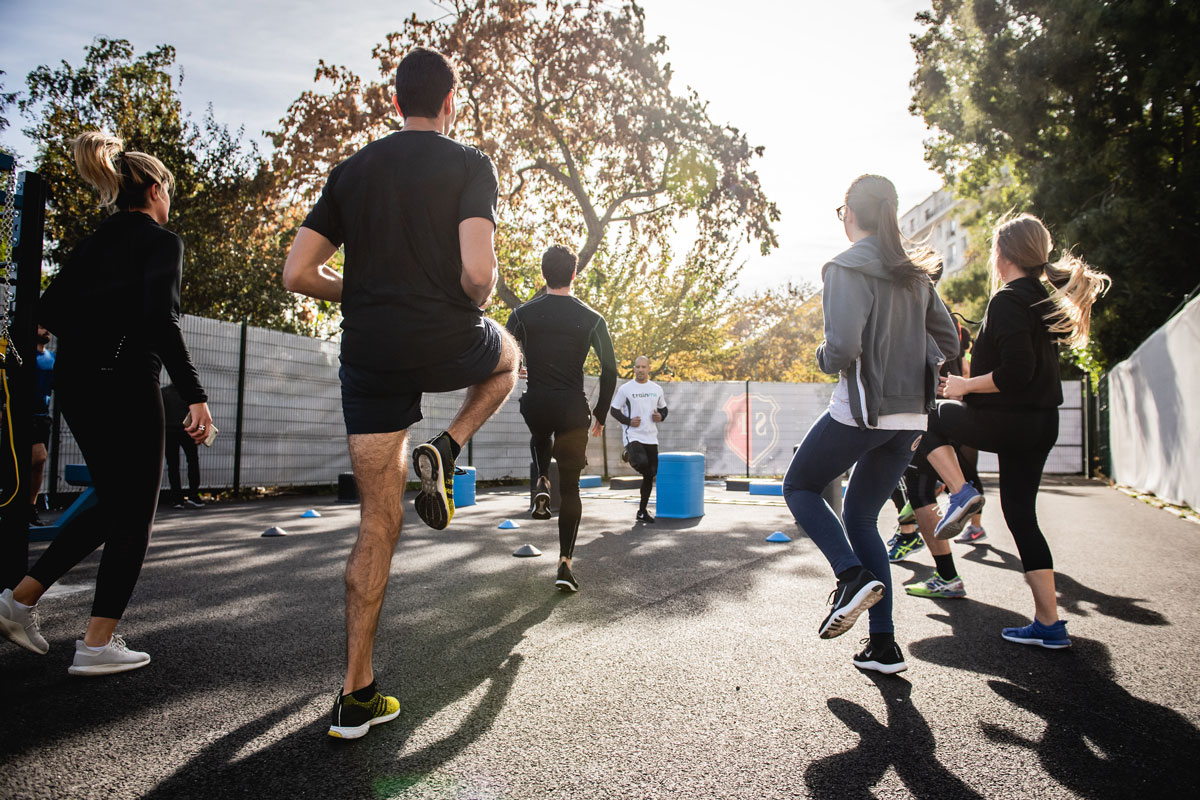 |
Aerobic exercise may improve dry eye, study shows. Photo: Gabin Vallet on Unsplash (https://unsplash.com/@gabinvallet) |
Could hitting the gym make your eyes feel better? Possibly, says a new study that looked at the effects of aerobic exercise on tear secretion and tear film stability in dry eye patients.
The study consisted of two parts, and each included three groups: dry eye without aerobic exercise, dry eye with aerobic exercise and preclinical dry eye with aerobic exercise. In part one with 34 eyes in each group, variations of Schirmer I test and six tear compositions before and after aerobic exercise were tested. In part two with 30 eyes in each group, variations of tear meniscus height, first and average noninvasive tear breakup time, lipid layer thickness, number of incomplete and complete blinks, partial blink rate (PBR) and visual acuity before and after aerobic exercise were studied.
Results showed an increase in tear secretion at 30 minutes after aerobic exercise. The main cause may be due to the location of the sympathetic nerves in the lacrimal gland, which are around the lacrimal gland acinar blood vessels and “can cause vasodilation and increase the secretion of electrolytes and water.”
“This might be the main cause of increased tear secretion in dry eye patients after aerobic exercise,” the authors explained. “The lack of significant change in tear secretion in preclinical dry eye patients might be due to the limited effect of aerobic exercise on secretory function of healthy lacrimal glands. This suggested that dry eye patients are more likely to benefit from aerobic exercise.”
Previous studies have shown that the number of incomplete blinks was negatively associated with tear breakup time in dry eye patients. In this study, the number of incomplete blinks and PBR at 10 minutes after aerobic exercise decreased significantly compared with baseline, while the number of complete blinks increased significantly.
“This was helpful with tear secretion and more even distribution of the tear film on the ocular surface, thus prolonging the tear breakup time and improving the stability of tear film,” the authors explained.
Additionally, visual acuity in dry eye patients improved after aerobic exercise and was maintained for at least 30 minutes. The authors suggested the improvement was related to the change in higher-order aberrations caused by the improvement of tear film stability.
Sun C, Chen X, Huang Y, et al. Effects of aerobic exercise on tear secretion and tear film stability in dry eye patients. BMC Ophthalmol. January 4, 2022. [Epub ahead of print]. |

